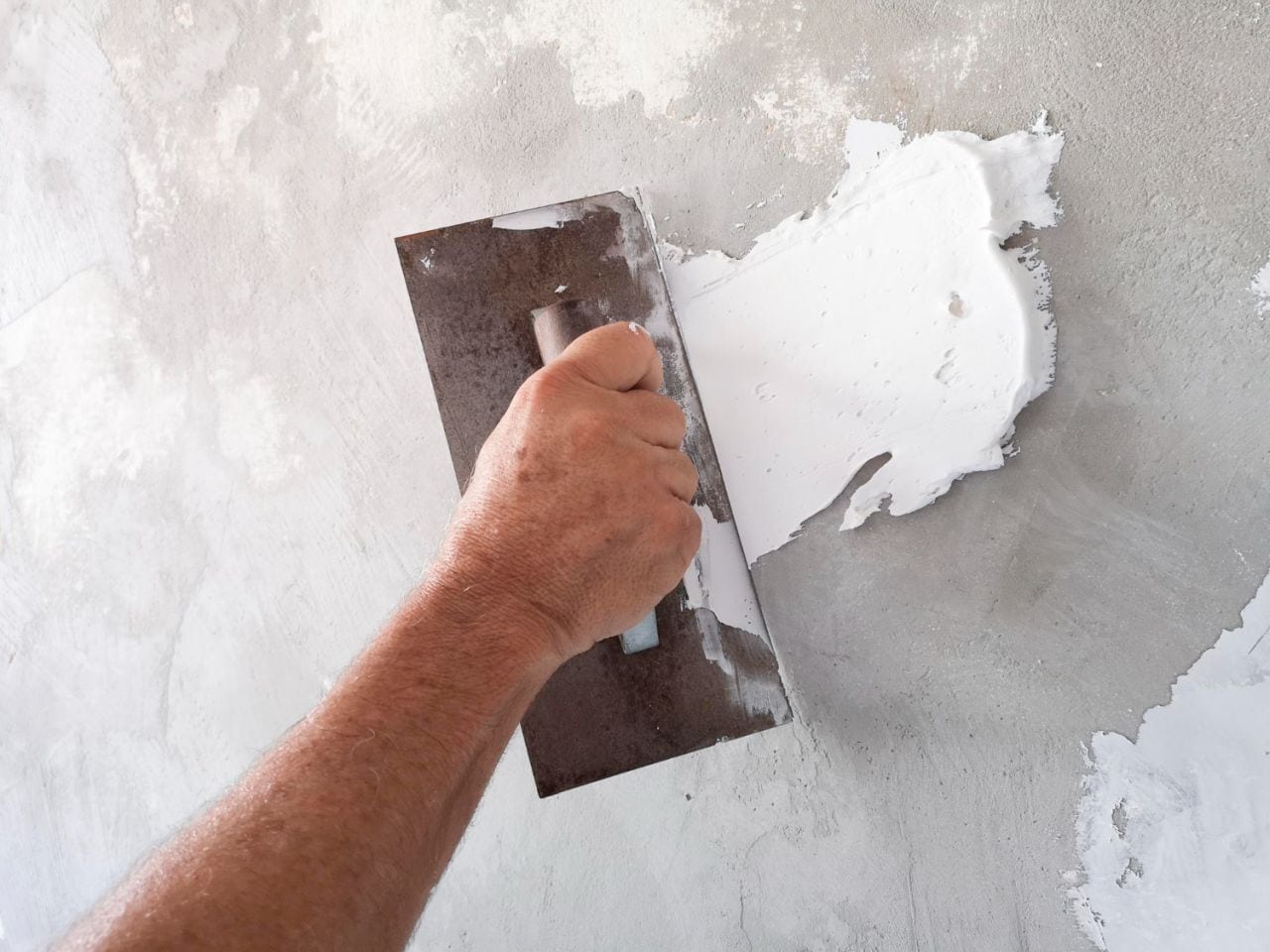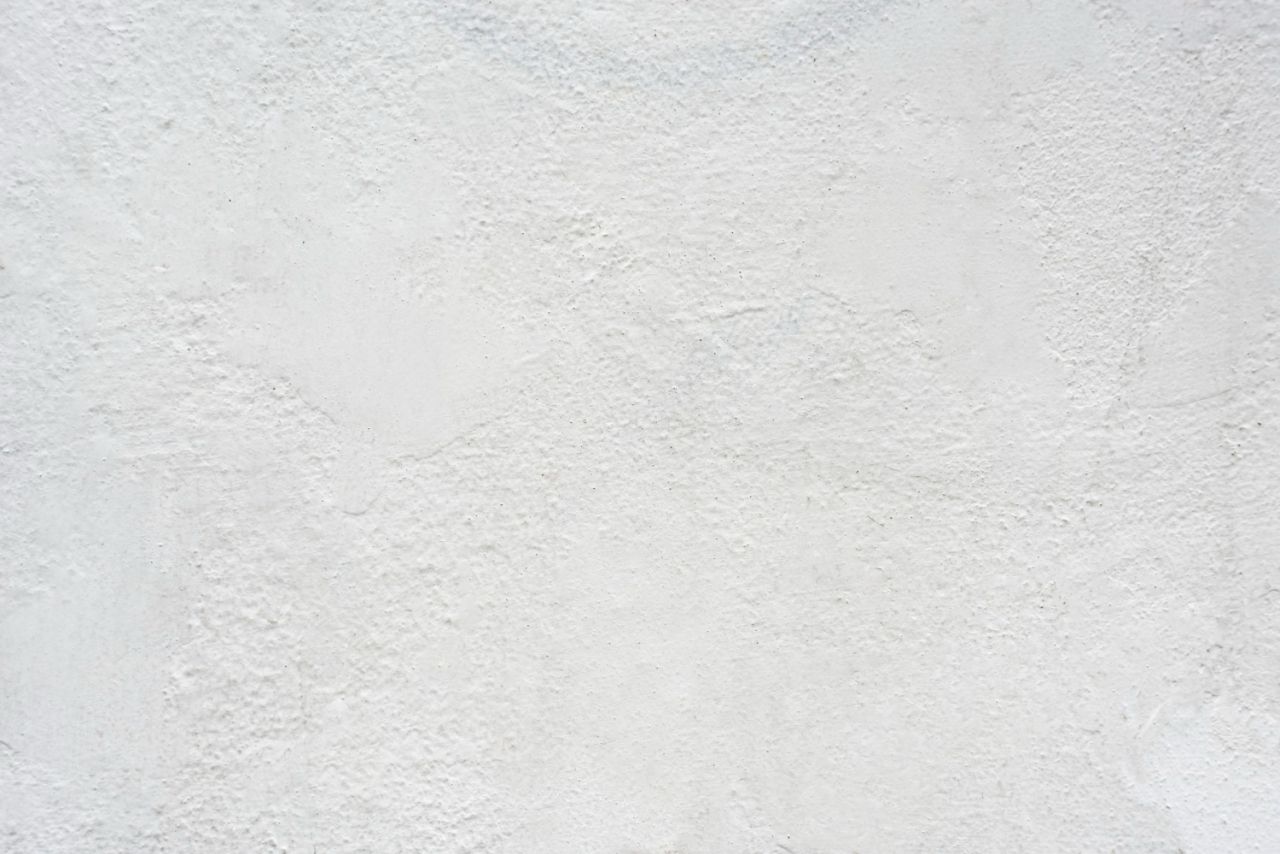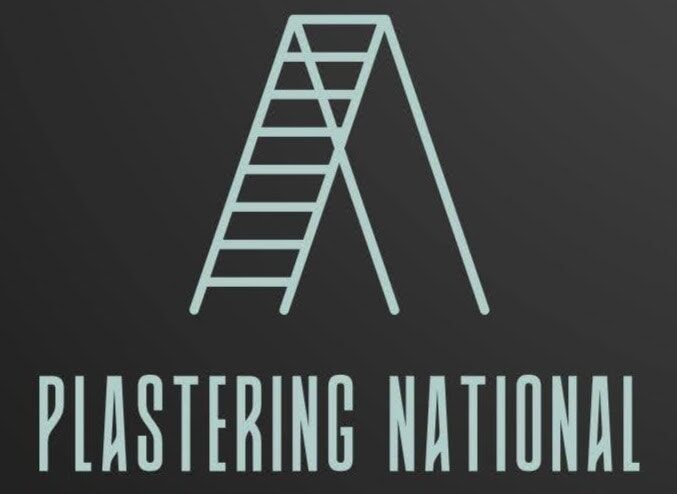Plastering is a fundamental part of any construction project. Whether building a new structure or renovating an existing one, the right plaster choice for exterior walls can make all the difference.
With so many types available, selecting the best option can be overwhelming.
This guide will discuss the various plaster types suitable for exterior walls, their applications, and how to make the best choice for your project.
Let’s get straight to the point.
Choosing the best plaster for exterior walls depends on durability, weather resistance, and aesthetic appeal. Cement plaster is popular for its strength, weatherproofing, and fire resistance, making it ideal for most climates.
Stucco, a variation of cement plaster with lime or acrylic, offers decorative textures and enhanced durability. Lime plaster is best for historic buildings, as it is breathable and prevents moisture buildup.
Plastering protects walls from harsh weather, improves insulation, and increases property value. By selecting the right type and applying it correctly, exterior plaster ensures a long-lasting, attractive, and protective finish.
What Is Plastering?

Plastering involves applying a thin layer of plaster mixture to the surface of walls or ceilings to create a smooth and even finish. It enhances the appearance of the building and protects against moisture, weather damage, and other environmental factors.
Types Of Plaster For Exterior Walls
1. Cement Plaster
Cement plaster is made from cement, sand, and water. It is widely used for exterior walls due to its durability and resistance to weather.
Benefits of Cement Plaster:
- Weather-resistant: Can withstand rain, sun, and wind.
- Fireproof: Adds an extra layer of safety to buildings.
- Versatile: Can be applied in a variety of textures or finishes.
2. Stucco
Stucco is a variation of cement plaster with added materials like lime or acrylics. A complete application typically requires three layers: the scratch coat, brown coat, and finish coat.
Benefits of Stucco:
- Decorative: Allows for various textures and colours.
- Durable: Offers a long-lasting and attractive finish.
- Breathable: Prevents moisture build-up within walls.
3. Lime Plaster
Lime plaster is composed of lime, sand, and water. This traditional material has been used for centuries and remains popular for its breathability and flexibility.
Benefits of Lime Plaster:
- Ideal for historic buildings: Its breathable nature makes it perfect for older structures.
- Prevents condensation: Reduces the risk of moisture problems in walls.
- Environmentally friendly: Made from natural materials.
Cement Plaster Vs. Stucco: Key Differences
Material Composition
- Cement Plaster: Primarily made of cement, sand, and water.
- Stucco: Contains additional elements like lime or acrylics for a decorative finish.
Application Process
- Cement Plaster: Usually applied in a single or double coat.
- Stucco: Requires three coats—scratch, brown, and finish—to achieve its distinctive look.
Finish And Appearance
- Cement Plaster: Typically has a simpler finish, suitable for a smooth or slightly textured look.
- Stucco: Offers more decorative options, with the ability to create intricate textures and patterns.
Maintenance
- Cement Plaster: Easier to maintain and repair.
- Stucco: It may require more frequent maintenance due to its textured finish.
Benefits Of Plastering
Plastering offers more than just aesthetic benefits; it enhances a building’s durability, energy efficiency, and overall value. Here are key reasons why plastering is a smart investment:
1. Protection Against The Elements
- Weather Resistance: Plaster shields against rain, wind, and UV rays, preventing water damage and surface degradation.
- Crack Prevention: It covers small cracks, minimising their expansion, especially in climates with fluctuating temperatures.
- UV Protection: Plaster prevents the harmful effects of sun exposure, maintaining wall integrity.
2. Enhanced Fire Resistance
- Fireproofing: Cement-based plaster is highly resistant to fire, slowing the spread of flames in emergencies.
- Code Compliance: It helps buildings meet local fire safety standards, which is important in high-risk areas.
3. Soundproofing Capabilities
- Noise Reduction: Plaster helps dampen noise, making it ideal for urban environments or homes near busy roads.
- Acoustic Properties: Certain plasters reduce echo, creating a quieter indoor space.
4. Low Maintenance
- Easy to Clean: Plastered walls are easy to clean, requiring minimal upkeep.
- Long-lasting: Plaster’s durability reduces the need for frequent repairs, lowering maintenance costs over time.
5. Environmentally Friendly
- Natural Materials: Lime plaster, made from natural ingredients, has a lower carbon footprint than synthetic treatments.
- Recyclable: Lime plaster is sustainable and environmentally friendly.
6. Aesthetic Flexibility
- Customisable Finishes: Plaster can be applied in various textures, enhancing design flexibility.
- Heritage Restoration: Lime plaster is ideal for restoring older buildings due to its compatibility with traditional construction methods.
7. Increased Property Value
- Curb Appeal: A well-plastered exterior boosts a property’s attractiveness and market value.
- Low Maintenance Costs: Its longevity and reduced repair needs add long-term value.
8. Health Benefits
- Mould Resistance: Lime plaster prevents mould growth, promoting a healthier indoor environment.
- Air Quality: Plaster surfaces do not attract dust, improving indoor air quality.
9. Adaptability To Harsh Climates
- Temperature Regulation: Plaster helps maintain stable indoor temperatures, reducing energy usage.
- Condensation Control: Its breathable nature regulates moisture, preventing water damage.
10. Ease Of Repair And Renovation
- Repair-Friendly: Plaster can be easily repaired, saving time and costs.
- Seamless Integration: It blends well with new additions, maintaining uniformity.
11. Long-Term Cost Efficiency
- Energy Savings: The insulating properties reduce energy bills, offering long-term savings.
- Durable Investment: Plaster’s longevity translates to fewer replacements, making it a cost-efficient choice.
Advantages Of Plastering Exterior Walls

1. Protection From Weather
Exterior plaster provides a protective layer that shields walls from harsh weather conditions like rain, wind, and sunlight. This barrier helps prevent cracks and peeling over time.
2. Improved Insulation
Plastering enhances insulation by reducing heat transfer between the interior and exterior, which can lower energy costs for heating and cooling.
3. Enhanced Aesthetic Appeal
A well-plastered exterior gives a home a clean and polished look. It also provides a smooth surface that can be painted or finished in various ways to match your style.
4. Increased Property Value
A durable and visually appealing exterior can significantly boost your property’s value, making it more attractive to potential buyers or tenants.
5. Long-Lasting Durability
Plaster acts as a strong barrier against everyday wear and tear, extending the lifespan of the building’s exterior.
When To Choose Plastering?
Several factors, including climate, budget, and the building’s current condition, influence whether to plaster the exterior of your home.
- In Harsh Climates: Plastering is recommended if you live in an area with severe weather, as it provides added protection against the elements.
- For Older Buildings: Lime plaster is ideal for historical structures, allowing walls to breathe and preventing moisture problems.
Cost Considerations
While plastering can be an investment, it often pays off in the long run due to its durability and the added value it brings to a property. Consider these factors when budgeting for plastering:
- Prioritise Needs: Focus on areas that require the most protection, such as walls exposed to harsh weather.
- Alternative Options: If plastering isn’t feasible, consider less costly alternatives like textured paint or cladding.
- Long-term Value: Plastering’s initial cost is justified by its benefits in terms of durability, insulation, and energy savings.
Conclusion
Choosing the best plaster for your exterior walls is a crucial decision that impacts your home’s appearance and durability.
Cement plaster, stucco, and lime plaster each offer distinct advantages, so it is essential to understand their properties and applications.
Plastering enhances your home’s aesthetic appeal and protects against weather and wear.
By hiring a professional and carefully selecting the right type of plaster, you can ensure a high-quality finish that adds value to your property.
Consider your building’s needs, the local climate, and long-term goals for the best results.
Whether you ochoose cement plaster for its practicality or stucco for its decorative qualities a well-executed plaster job can significantly improve your home’s exterior.
Frequently Asked Questions About Plasterer
Is plaster a costly material?
Plaster is more expensive than gypsum. Cement and cement lime plaster are cheaper alternatives. The substance used is chlorine, which is highly toxic in its pure form.
Is white cement the same as plaster?
White cement is not the same as plaster; it has a different consistency. The former, made of gypsum, is used to make casts for medical purposes (such as when repairing a fracture), while the latter is put on walls to make them shine.
Is plaster dangerous to one’s health?
Many people fear working with plaster because of its inherent dangers. Though it is not dangerous in the right hands, the substance is generally considered safe for everyday use. Anything embedded in the plaster runs the risk of being trapped and subjected to extreme heat.
Is plaster suitable to use on walls?
Plaster is the best option for repairing gaps in plaster walls because its properties are more likely to match the wall material. Plaster isn’t often used to repair drywall, but it does a great job of reinforcing interior walls.
Is plaster easy to maintain?
When you want to clean your Venetian plaster walls, all you have to do is wipe them down. In order to lengthen the life of walls, routine maintenance such as cleaning and sealing is recommended.

